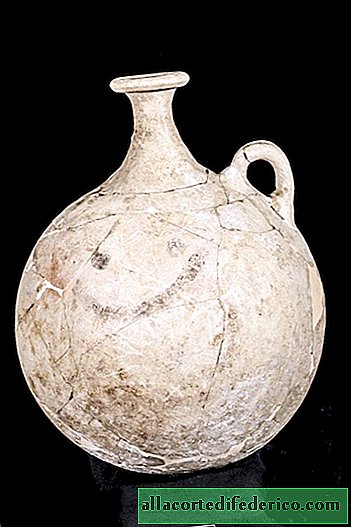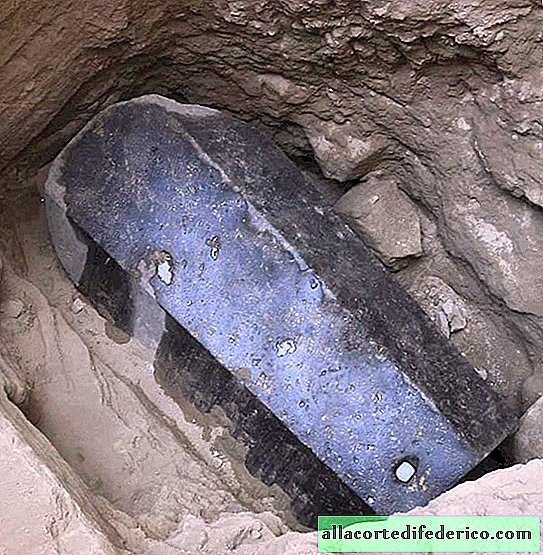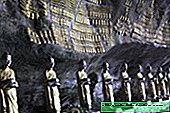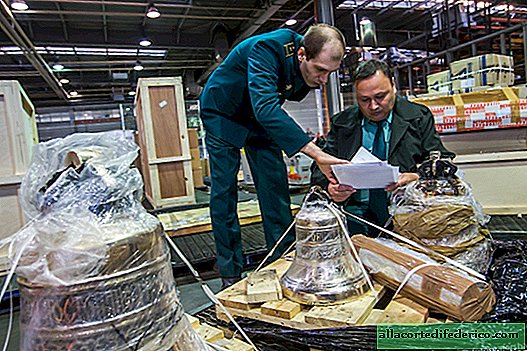Archaeologists have found the world's first "emoji"
Emoji at first glance seems like a modern invention. However, recently, during the excavations of Karkemish, an ancient Hittite city whose ruins are located on the territory of Turkey (near the Syrian border), archaeologists have found a 3,700-year-old jug with three visible strokes of paint: a smile and two dot-eyes above it.
Sweet smile
A team of Turkish and Italian archaeologists discovered a jug, created around 1700 BC, at the site of a cellar under a house in Karkemish. Most likely, it was used to drink sorbet - a sweet drink (which is probably why it has such a positive facial expression on it).

This is the first such find in these places. Previously, researchers found vases, pots, and metal products in the territory of the former ancient city, which occupy an area of about 55 hectares, but among them there were no painted emoticons. Scientists say that this, in general, is not characteristic of ancient ceramic art in these places.
Crossroads of cultures
The name Karkemish translates as “The coast of the god Camis,” a deity popular at that time in northern Syria. According to archaeologists, it began to be inhabited from the sixth millennium BC. until the late Middle Ages, when it was abandoned. At different times, different cultures settled in it, including the Hittites, New Assyrians and Romans, leaving traces of their civilizations here. Also in 1920, these places were used as the Turkish military outpost.

For a long time, the city-state of Karkemish was the capital of one of the Hittite kingdoms. In the VIII century. BC. the city with its subordinate territory was part of the Assyrian Empire. It is mentioned several times in the Bible as a place of battle between the Egyptians and the Babylonians in 605 (or 607) BC, which ended in the defeat of the Egyptians. Also, this name is found in Egyptian and Assyrian texts.
British archaeologists first visited this site in the late 1800s and early 1900s, but Karkemish still has many mysteries. Therefore, a new team of archaeologists began excavations in 2003 and continues to this day.

















